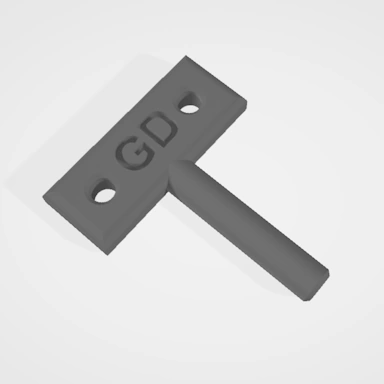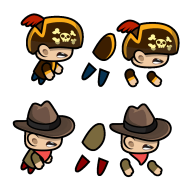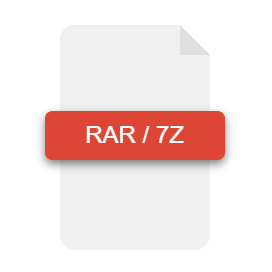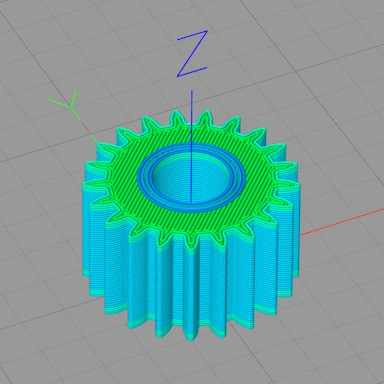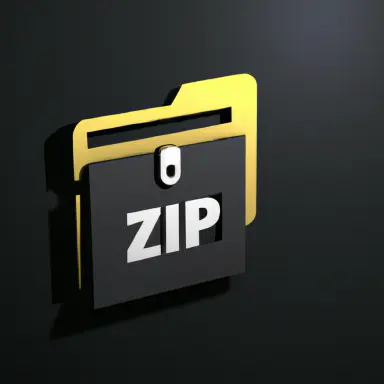| Extension | SVG |
| Full Name | Scalable Vector Graphics |
| Type | Vector |
| Mime Type | image/svg+xml |
| Format | Text |
SVG, or Scalable Vector Graphics, is a graphics file format commonly used by websites and the print industry as a means of representing 2D graphics, most notably icons and logos, in a scalable vector format independent of the user's screen resolution.
Unlike other popular bitmap formats, such as PNG or JPG, whose image quality decreases when the image is rendered at a larger size than its native dimensions, SVGs store the image data as a series of points, lines, and curves. This allows the image to scale to any resolution without loss of detail or pixelation.
SVG files are XML formatted, allowing them to be human-readable and extensible, as well as compact, making them ideal for usage on a website. As SVGs are a standard format used by websites, there is widespread support for opening and editing SVG files within most popular graphics editing software.
The STL, or Standard Triangle Language, file format has been around since the '80s and is supported by most modern 3D modeling applications. In particular, the STL format has become something of a standard format within the area of 3D printing, despite the rise of more modern formats such as 3MF.
STL files come in two flavors: binary or text format. The text format is human-readable, making it easy to perform manual edits, but can lead to very large file sizes. As you can imagine, the binary format is much more compact and represents the majority of the STL files you are likely to encounter.
The format itself is very simple; the 3D model is represented by a sequential list of triangles, with each triangle defined with 3 points consisting of their X, Y, and Z positions, along with an additional vector that contains the face normal (the direction the face is pointing). There is an additional attribute block for each triangle; however, this is largely unused and thus unsupported.




